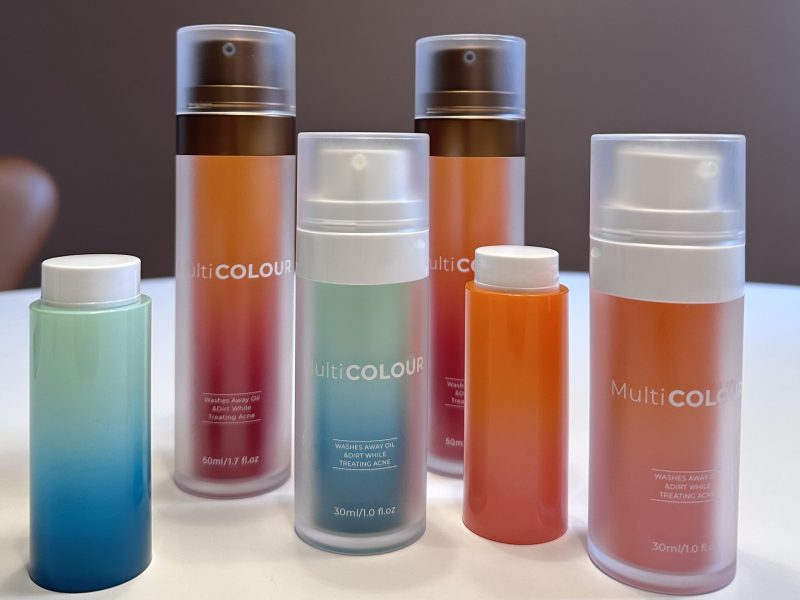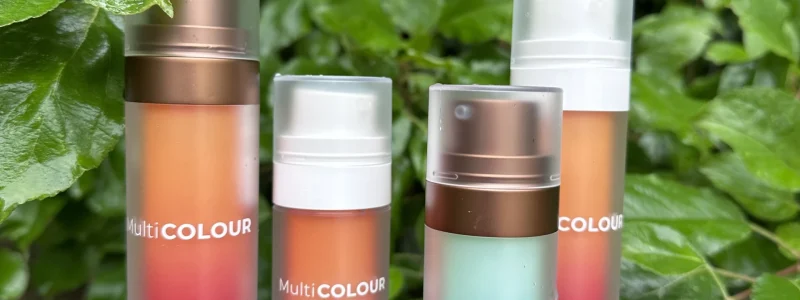
28.02.2024
Refillable packaging, or reusable packaging, offers a convenient solution to address the problems of single-use consumption and waste production. This system contributes to sustainability by reducing the need for producing new packaging, which in turn decreases the consumption of raw materials and energy, as well as reducing the amount of waste. In this post, we will take a closer look at how refillable packaging works, its environmental benefits, and the challenges associated with its implementation.
Refillable packaging is designed to be reused multiple times. It can be used for a wide range of products, including cosmetic products, . The concept involves the consumer either returning the empty packaging to a refill station or refilling the packaging at home with products purchased in concentrated form (refill cartridges).

Less resource consumption: The production of new packaging requires both raw materials and energy. By recycling packaging, these resources can be conserved. A study in the Journal of Cleaner Production highlights that recycling packaging can significantly reduce environmental impact compared to single-use consumption.
Promotion of circular economy: Refillable packaging supports the transition to a circular economy by keeping resources in use for as long as possible. This aligns with EU’s action plan for circular economy.
Despite the obvious benefits, refillable packaging faces challenges such as logistics of return and refilling, consumer convenience, and perception of product hygiene. To address these challenges, companies are working on various solutions:
Establishment of drop-off points and return systems: To make the process easier for consumers, companies are setting up convenient drop-off points and return systems. This approach aims to integrate the return of empty packaging into the consumer’s regular routine, minimizing disruption and effort.
Development of mobile refill stations: Bringing the refill process closer to the consumer, mobile refill stations can increase accessibility. These stations can be set up in community centers, shopping areas, or even rove between neighborhoods, making it more convenient for consumers to refill their containers without going out of their way.
Implementation of high standards for cleaning and sterilization: To ensure the safety and hygiene of the products, companies are implementing strict cleaning and sterilization standards for refillable packaging. This involves using state-of-the-art cleaning technologies and processes to ensure that every container is safe to use again. By doing so, they aim to address consumer concerns about hygiene and product safety, making the refillable option as appealing as purchasing new.
These solutions are designed to mitigate the challenges associated with refillable packaging, making it a more attractive option for consumers and helping to further reduce the environmental impact of packaging waste.
Refillable packaging offers an effective way to reduce waste and promote sustainability. By addressing and overcoming the existing challenges, this system can play a central role in minimizing our environmental footprint.
At Packwise, we have several years of experience in the design, development, and production of packaging solutions, so do not hesitate to contact us today!